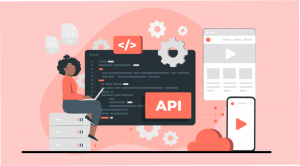Achieve More with Application Integration Blog
Find information-rich articles, how-to guides, and other useful tips on Application Integration Software

All About OAuth 2.0 Authentication & Its Significance
OAuth 2.0, which stands for "Open Authorization," is a standard that allows a website or application to access resources hosted by other web apps on behalf of a user. It took the place of OAuth 1.0 during the year 2012 and is now an industry standard for online authorization. Without ever sharing the user's credentials, OAuth 2.0 authentication provides consented access and limits what the client app can do on resources on behalf of the user.
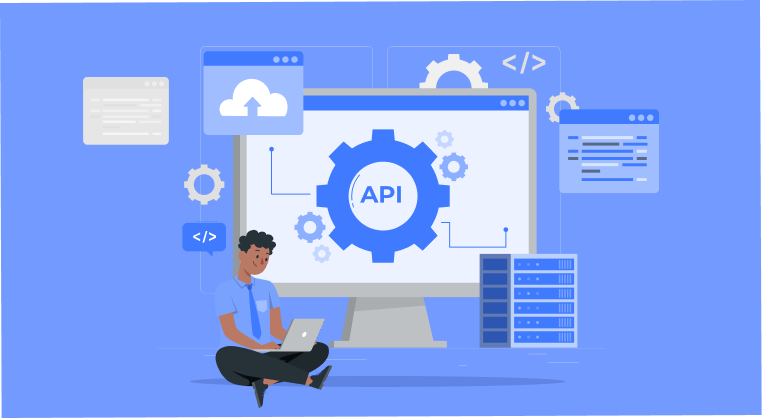
Featured Story
API Integration Platforms: Breakdown of Features and Cost
API is an abbreviation for Application Programming Interface. In other words, a messenger that processes requests and allows enterprise systems to function. API integration platform allows for the interaction of data pipelines, applications, and devices, which is critical to any online business infrastructure.
Join the SaaS Revolution
-
All-in-One Suite of 50 apps
-
Unbelievable pricing - $14.99/user
-
24/5 Chat, Phone and Email Support
Recent Blogs
Here's what we've been up to recently.
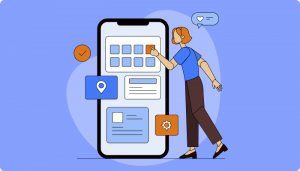
Top 10 Widget Apps You Must Try in 2023
Businesses can unleash their full potential with the help of Widget apps. Technology has played a pivotal role in driving business success, whether mechanical or digital. However, these tools offer a unique advantage by combining the most practical technologies in your arsenal.
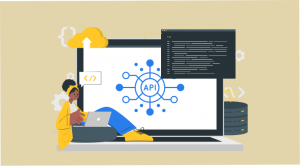
Fundamental Authorization Framework of Auth 2 or OAuth2.0
OAuth 2.0, also known as Auth 2, is a standard that allows a website or application to access resources hosted by other web apps on a user's behalf. It replaced OAuth 1.0 as the industry standard for online authorization in around 2012. Auth 2.0 provides consented access and limits what the client app can do on the user's behalf on resources without ever sharing the user's credentials.

OAuth API Authorization User Access on a Web Server
OAuth 2.0 is a second-generation authorization protocol that grants a web server API client limited access to user data. APIs from GitHub, Google, and Facebook are notable examples. OAuth 2.0 authentication is based on authentication scenarios known as flows, which enable the resource owner (user) to share protected content from the resource server without revealing their credentials. An OAuth 2.0 server generates access tokens for client applications to use in order to access protected resources on behalf of the resource owner.
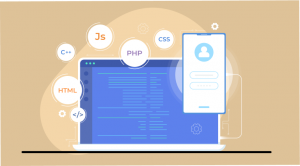
OAuth Node JS Blend & Functional Behind the Scene Review
The authorization protocol of second-generation OAuth 2.0 or OAuth authentication is the most widely used and accepted industry-standard authorization protocol. As a protocol, it provides a slew of tools, patterns, and best practices to aid developers in the laborious task of creating authorization flows for a wide range of applications, including web, mobile, and embedded.

Authorization Effectiveness with Google OAuth Playground
The Google OAuth 2.0 Playground is a developer’s tool that makes it easier to experiment with the OAuth 2.0 protocol and APIs. Experimenting with some requests in the OAuth 2.0 playground can help you understand how the protocol works and can make it easier to use OAuth in your own code.
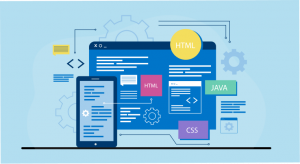
Illustrative OAuth Meaning & Its Implicit Value
To begin, OAuth is not an API or a service, it is an open standard for authorization that anyone can implement. OAuth meaning explains the standard that apps can use to provide "secure delegated access" to client applications. OAuth operates over HTTPS and uses access tokens rather than credentials to authorize devices, APIs, servers, and applications.

Hybrid Integration Platform (HIP) For Agile Systems
Remember the times when an entire enterprise could run on a single local area network, with all of their business-critical applications and infrastructure hosted in a closet down the hall? The hundreds of systems, data sources, and platforms most organizations rely on are now spread across the globe. It is critical to achieving digital transformation by getting all of these systems to communicate and collaborate.
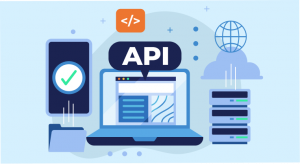
Principles of OAuth 2 Authentication Protocol
OAuth 2 (Open Authorization) authentication is a standard that allows a website or application to access resources hosted by other web apps on behalf of a user. It took the place of OAuth 1.0 in 2012 and is now the industry standard for online authorization. Without ever sharing the user's credentials, OAuth 2 authentication provides consented access and limits what the client app can do on resources on behalf of the user.
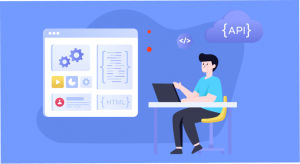
Quick Guide to Integration Platform as a Service
The platform for integration as a service (iPaaS) is a collection of automated tools for integrating software applications deployed in various environments. Large enterprises that run enterprise-level systems frequently use iPaaS to integrate applications and data that reside on-premises as well as in public and private clouds.
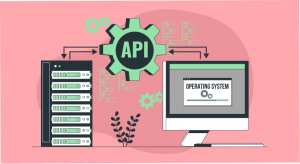
Everything You Need to Know About Rest API Integration
Rest API integration is the process of connecting with third-party applications to access and transmit data via HTTPS requests. Businesses are discovering practical uses for these streaming s platform ces as new cloud applications, mobile apps, and IoT devices emerge on the digital horizon. A typical company employs 1,900 apps as per a study. However, integrating these multiple endpoints with other enterprise systems to create a consolidated views system that can be shared with stakeholders and partners is a challenge in itself for many application teams.


